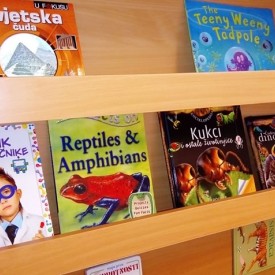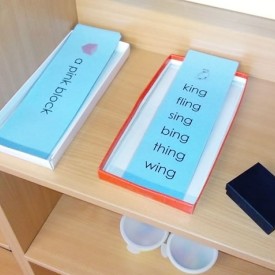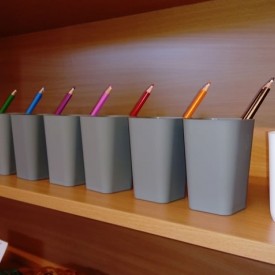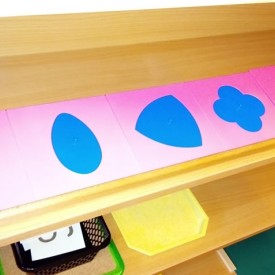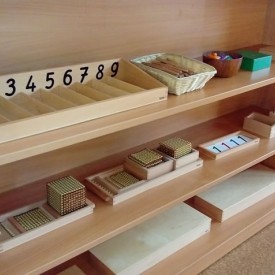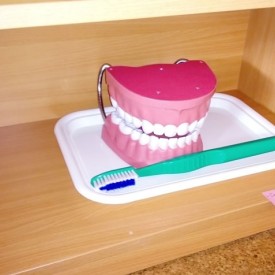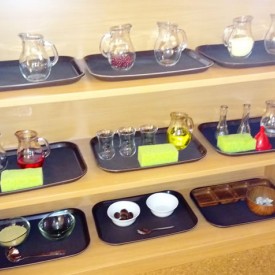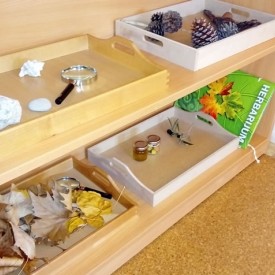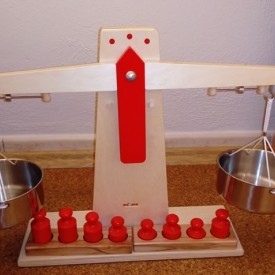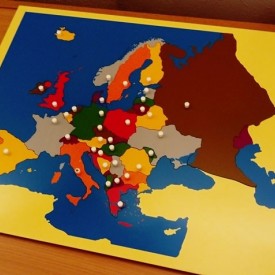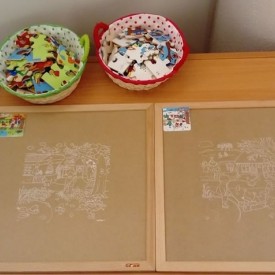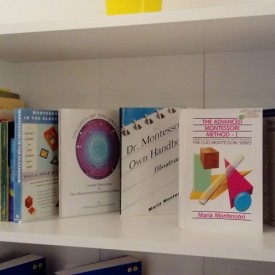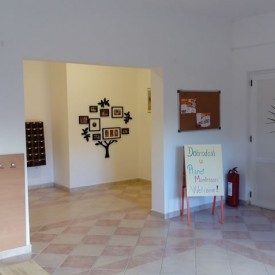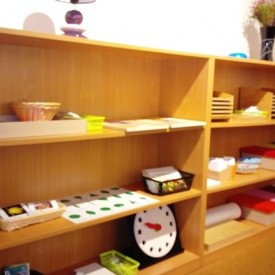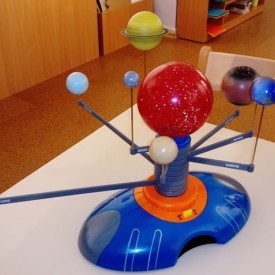It is an approach that allows a child to experience the pleasure of learning by his own choice and pace, that represents the basis of this unique approach to learning - one that leads to self-teaching of the child.
The aim of Montessori pedagogy is to nurture the child's individuality, to stimulate creative and divergent thinking, to nurture the research spirit and to raise a happy child.
One of the components of Montessori's pedagogy is the special arrangement of the stimulating environment that encourages the child to engage in activity, giving him the opportunity to explore, move, and solve problems while offering freedom, with the accent on responsibility and encouraging self-learning.
The living room is designed and decorated in accordance to the size of child; didactic materials are carefully selected and placed on open shelves for the stimulation of children's independent research. Another important component is original Montessori designed material – special designed didactic material to help the development of the mind, concentration, coordination, independence, socializing and sense of order. Made of natural materials, standardize, coming from the actual environment, Montessori material encourages children to work and research.
It is organized and designed to provide error detection so that the child receives feedback about the outcome of the exercise without the intervention of the educator. Material leads the child in learning from concrete to abstract and is always in the same place. There is only one copy of each material in the space, giving the children indirectly an opportunity to practice patience and respect for the work of others.
The nature of material and the use of it requires special education of the educators in order to, while following the child and the degree of his development, recognize what to offer the child at any time.
The principle of "Help me to do it myself" is the foundation of Montessori's approach to the child.
Tag:




